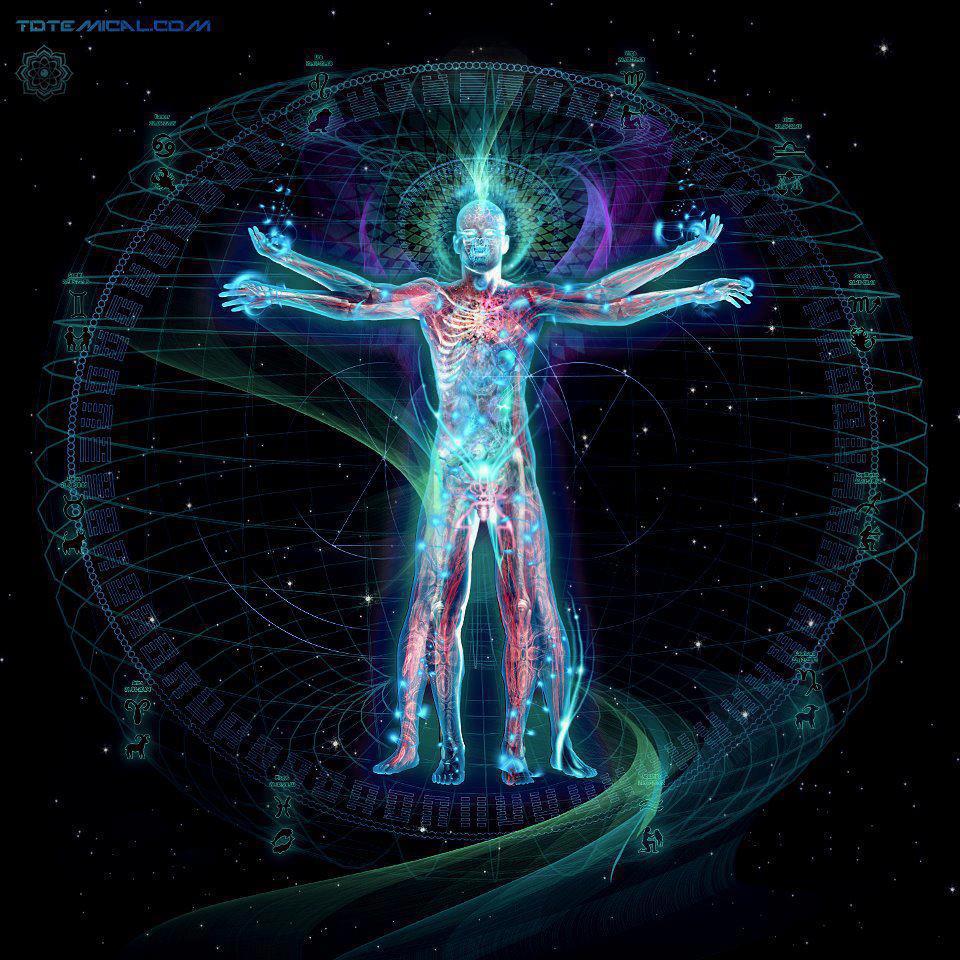
This post is another in a series of posts on Nagarjuna and emptiness that I've been spinning out of a study I've been doing on Nagarjuna's Mulamadhyamakakarika since August (you can read other posts in the series here, here, and here). What I would like to talk about here is the "Two Truths" doctrine. Zen teachers talk occasionally about it and I have the impression that Tibetan teachers talk about it somewhat more. The idea behind the Two Truths is that reality consists of a collection of truths that are conventional in the sense of being about cause and effect in everyday life, and then ultimate truth which is about the way reality really is when you penetrate conventional reality through meditation coupled with philosophical analysis.
What the the ancient Indian philosophers who came up with the doctrine had in mind when they spoke of conventional truths were things like "if I plant this seed, a mango tree will grow and after a period of time will bear fruit". This is a clear instance of causality, namely seed -> tree -> fruit (at some point). Today, I think we could include such statements as "the intense gravitational field at the event horizon of a black hole causes the emission of virtual quantum particles when the quantum vacuum breaks down, generates a particle pair, and one particle is swallowed by the black hole while the other is emitted", a process sometimes called "Hawking radiation" because it causes black holes, previously thought not to radiate (which is why they were called "black"), to emit energy. While such statements have little or nothing to do with everyday life like mango seeds and trees (in India at least, we don't see many mango trees in Silicon Valley), they do represent a clear instance of cause and effect, and my impression is that conventional truths are basically about cause and effect.
What then is an ultimate truth? The Vedic philosophers who preceded the Buddha and continued via Brahmanism into Nagarjuna's time thought that an ultimate truth was something that would be true forever, that it was essentially immortal. And that objects that were ultimately real (hence part of ultimate reality) would have an existence from their own side, and not be dependent on causes and conditions to exist. The Vedic philosophers posited the existence of an ultimate self. The Abhidharmykas who followed the Buddha rejected the existence of an ultimate self, but posited that experience was composed of objects, called dharmas, that had ultimate existence, and that experience could be broken down into these objects, but no further. In addition, they believed that causality operated upon these objects, since they were the fundamental atoms of experience.
Nagarjuna, on the other hand, argued in the Karikas that the only statement you can make about ultimate reality is that all things are empty of any ultimate existence. His argument was based on a simple observation: if an object has ultimate existence, it can never change. Not only that, it can never interact with anything else. So the dharmas that Abhidharmykas posited couldn't possibly be subject to cause and effect and therefore either didn't exist or were subject to cause and effect and actually are part of conventional reality. Every time you try to pin down ultimate reality, you come back to emptiness: that reality is completely empty of any abiding characteristic and you cannot designate anything as ultimately real. When looking for ultimate reality, logic becomes slippery and it becomes impossible to make any statement at all about it. Chandrikirti, one of Nagarjuna's interpreters, complained about this, and many śūnyavādins (early Mayahanists who accepted emptiness as the nature of reality) were profoundly uncomfortable with the situation.
So how does this look from 2000 years into the future? Modern science has a different view of cause and effect than the ancient Indian philosophers. In Nagarjuna's time, cause and effect were a matter of one object somehow causing the appearance of or becoming another object. In the Karikas, Nagarjuna effectively demolishes the proposition that cause and effect can operate on ultimately real objects, establishing that the nature of reality is empty of any inherently existing objects. The modern view is that cause and effect is more a matter of events. For example, in his groundbreaking work Causality: Models, Reasoning, and Inference, Judah Pearl develops a calculus of causality grounded in Bayesian graphical network theory. The structure of the causal models he describes are all based on a graph of events with a probability on the arc between one event, the cause, and another, the effect, giving the probability that a particular cause will result in a particular effect. The probabilities are calculated using Bayes Theorem with data from observations of previous cause-effect transitions, or estimates based on models and later refined with data. Events are the stuff of experience, like the ancient dharmas, but, unlike the Abhidarmykas notion, they arise and pass away like the light of flickering fireflies on a summer night, or like the passing content of your Facebook feed, completely empty of any inherent existence.
Image source: angelsinnature.files.wordpress.com

No comments:
Post a Comment